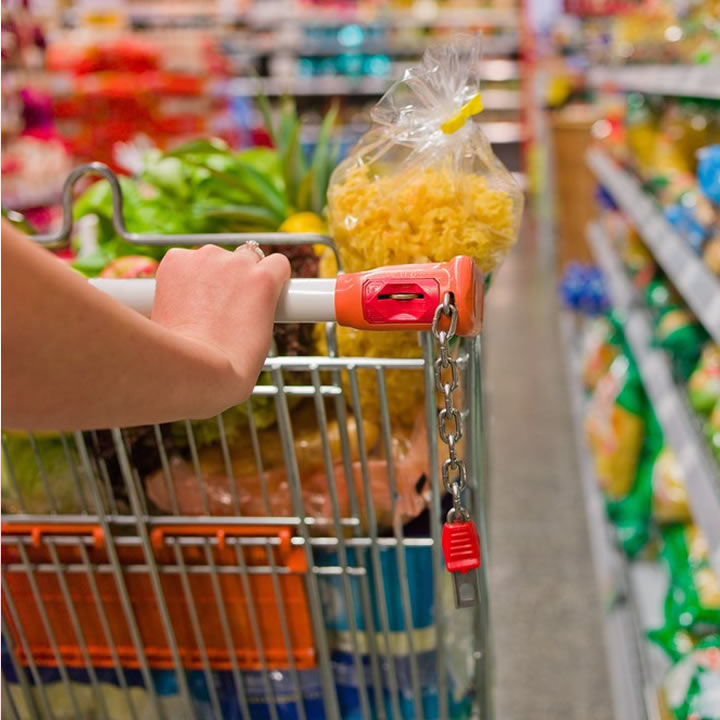Global economies and communities rely on the importation and exportation of foodstuffs to meet the diverse needs of consumers worldwide.
The intricate web of international food trade ensures food availability and enhances culinary experiences, cultural exchange, and economic growth. However, navigating the complexities of food import and export is no easy task.
From compliance with international regulations to understanding market dynamics, numerous challenges arise for producers and consumers.
In this blog, we delve into the fascinating world of the food trade, exploring the intricacies, opportunities, and potential pitfalls involved. Join us as we journey beyond borders, uncovering the secrets and strategies for successfully navigating the complexities of food import and export.
Whether you’re a food enthusiast, a producer, or someone interested in the global food system, this blog will provide valuable insights and actionable information to help you thrive in the ever-evolving landscape of international food trade.
Food Regulations and Trade Challenges
Food trade regulations and policies play a crucial role in shaping the import and export dynamics of the global food market.
Tariffs, quotas, and non-tariff barriers are among the key challenges faced by countries engaged in food trade. Tariffs and taxes imposed on imported goods can significantly impact the cost of food products, making them more expensive for consumers.
Quotas, on the other hand, restrict the quantity of food that can be imported, potentially limiting the availability of certain products in the domestic market. Non-tariff barriers, such as strict regulations, sanitary and phytosanitary measures, and technical standards, can create additional hurdles for food exporters.
These regulations aim to ensure food safety and protect domestic industries but can also increase compliance costs and impede trade.
Consequently, the interplay of these trade barriers affects the accessibility, affordability, and variety of food choices for consumers and the profitability and competitiveness of food producers and exporters worldwide.
The Importance of Food Safety
In today’s interconnected global market, the role of food safety regulations and quality standards cannot be overstated.
These regulations are crucial in protecting consumer health and ensuring fair trade practices. They serve as the foundation for maintaining the integrity of the food industry by establishing guidelines and standards that businesses must adhere to.
These regulations safeguard consumers from potential health hazards and fraudulent practices by enforcing stringent measures on food production, handling, and distribution. Moreover, import requirements, paperwork, permits, and certifications for food products play a pivotal role in ensuring imported goods comply with local safety standards.
These measures help prevent the entry of substandard or unsafe food into the market, thus safeguarding the health and well-being of consumers. Ultimately, by upholding food safety regulations and quality standards, consumers and businesses benefit as trust is built, fair trade is promoted, and public health is protected.
Ensuring Food Safety and Quality
Food assurance services encompass a range of activities aimed at guaranteeing the safety and quality of food throughout the supply chain. One key aspect is the implementation of food safety certifications, such as the Hazard Analysis and Critical Control Points (HACCP) system.
HACCP provides a systematic approach to identifying and controlling potential hazards, reducing the risk of foodborne illnesses, and ensuring consumer confidence. Additionally, food assurance services involve product testing and inspections to verify compliance with safety and quality standards.
These measures protect consumers and facilitate trade by providing assurance to importers and regulators that the food products meet the required standards. With the increasing emphasis on food safety and quality, the role of food assurance services has become indispensable in maintaining the integrity of the global food trade.
Enhancing Traceability and Safety
Consumers are increasingly concerned about their food’s safety, quality, and authenticity, leading to a growing demand for enhanced traceability, supply chain transparency, and authenticity. However, achieving these goals poses several challenges in the evolving landscape of the food trade.
The vastness of supply chains, the involvement of multiple intermediaries, and the risk of fraud and counterfeiting all contribute to the complexity. Yet, these challenges also present opportunities for innovation and technological advancements.
Emerging technologies such as blockchain, the Internet of Things (IoT), and artificial intelligence (AI) offer promising solutions to enhance traceability, enable real-time monitoring, and verify the authenticity of food products.
By leveraging these tools, stakeholders in the food trade can build trust, mitigate risks, and ensure the integrity of the global food supply chain, benefiting both businesses and consumers.
Conclusion
Navigating the complexities of food import and export requires strategic planning, collaboration, and adherence to regulations.
By embracing innovation and transparency, we can create a future of seamless international trade, benefiting economies and enhancing global food security. Together, we can overcome the challenges and unlock the immense potential of the global food market.

